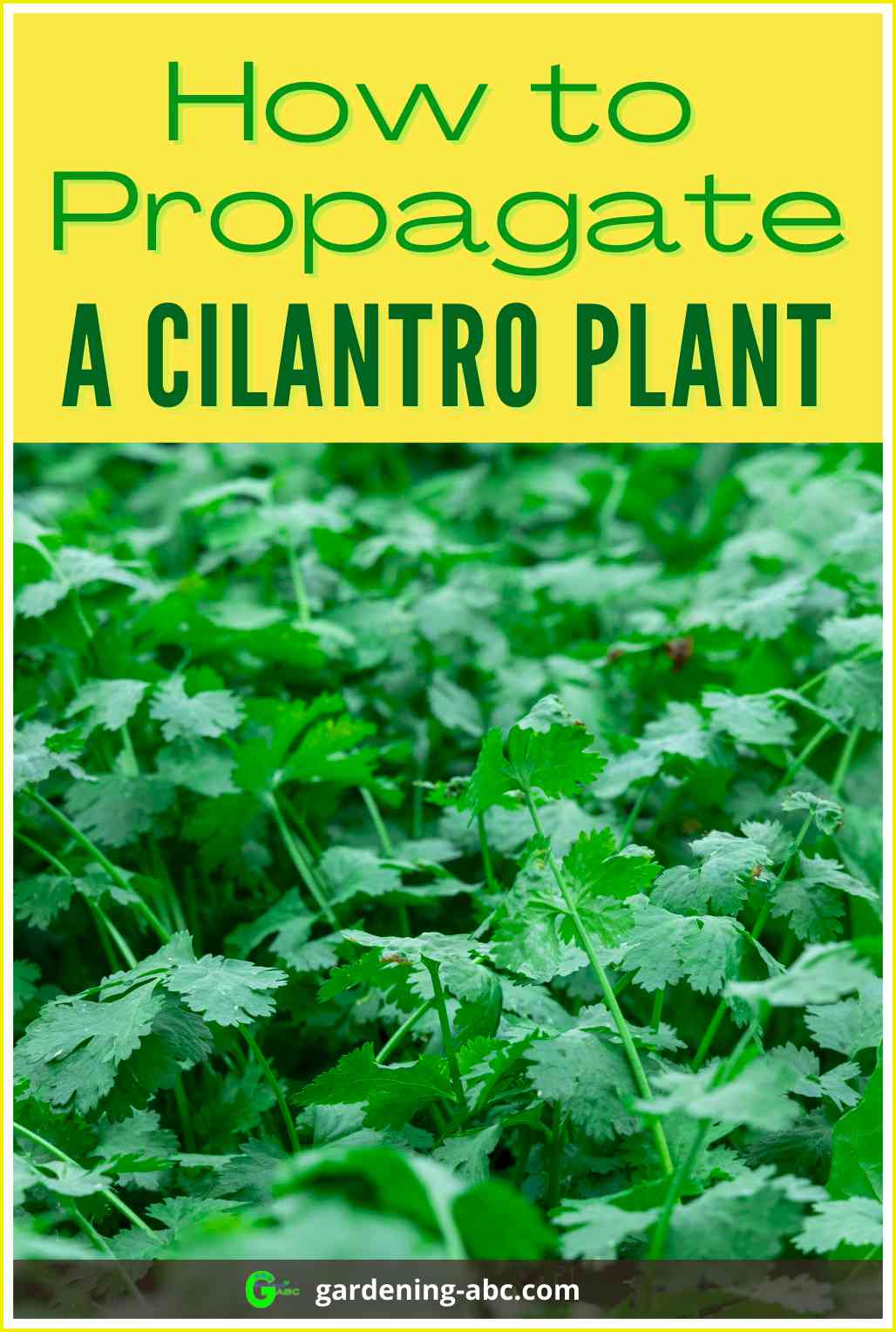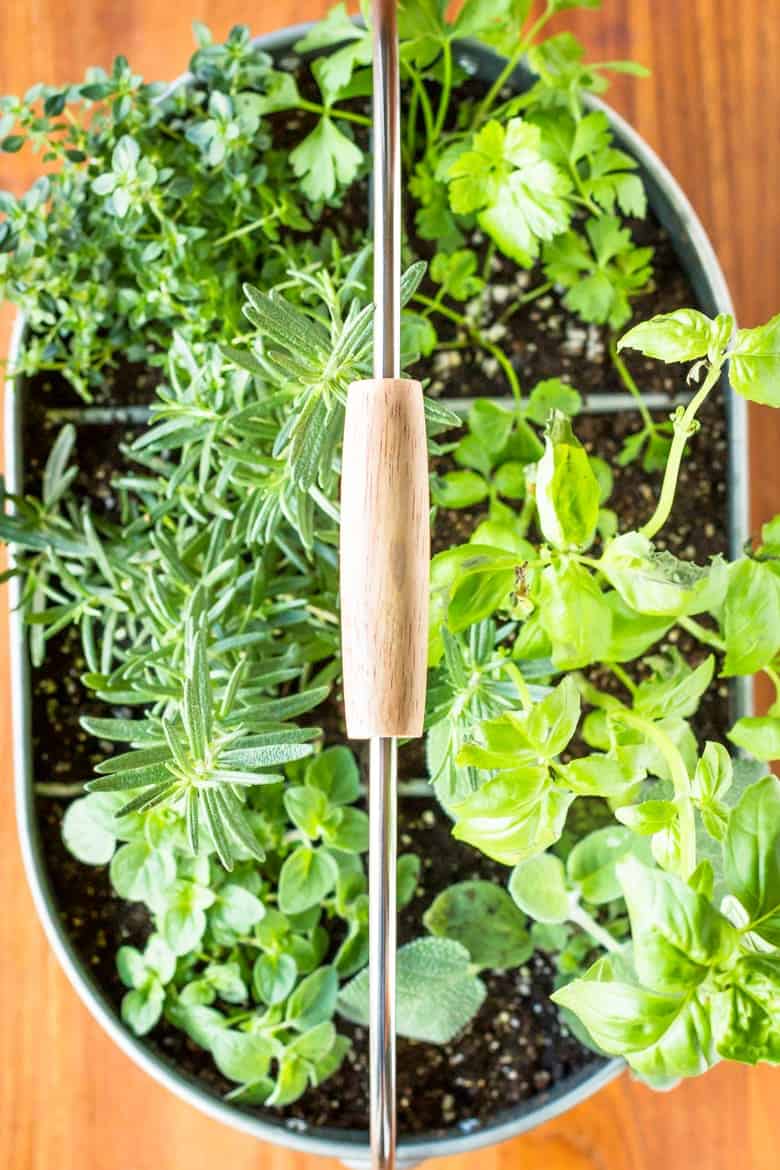How to Grow Cilantro Indoors in Water: Easy Guide

Are you an urban gardener looking to add a fresh, zesty twist to your indoor herb collection? Growing cilantro indoors in water is not only a fun and rewarding project but also a fantastic way to enjoy this versatile herb year-round. Whether you're a seasoned gardener or a novice, this guide will walk you through the simple steps to successfully grow hydroponic cilantro. Let's dive in!
Why Grow Cilantro Indoors in Water?
Growing cilantro indoors in water offers several advantages. First, it's a space-saving solution for urban gardeners with limited outdoor space. Second, it's a low-maintenance method that eliminates the need for soil and reduces the risk of pests and diseases. Lastly, hydroponic cilantro grows faster and can be harvested more frequently, ensuring a steady supply of fresh herbs for your culinary adventures.
Materials Needed
Before we start, let's gather the necessary materials:
- Fresh cilantro cuttings or seeds
- A clear glass container or jar
- Water
- Liquid fertilizer (optional)
- Scissors
Step-by-Step Guide to Growing Cilantro in Water
Step 1: Prepare Your Cilantro Cuttings
To begin, you'll need fresh cilantro cuttings. You can either purchase a bunch from your local grocery store or use cuttings from an existing plant. Choose healthy stems with plenty of leaves. Cut the stems at a 45-degree angle to increase the surface area for water absorption.
Step 2: Place the Cuttings in Water
Fill a clear glass container or jar with room-temperature water. Place the cilantro cuttings in the water, ensuring the stems are submerged but the leaves are above the waterline. This will prevent the leaves from rotting.
Step 3: Choose the Right Location
Cilantro thrives in bright, indirect light. Place your container near a window that receives plenty of natural light but avoid direct sunlight, which can cause the water to overheat and harm the plant.
Step 4: Change the Water Regularly
To keep your cilantro healthy, change the water every 3-5 days. This prevents the buildup of bacteria and ensures the plant has a fresh supply of nutrients. You can also add a small amount of liquid fertilizer to the water to boost growth.
Step 5: Monitor for Root Growth
Within a week or two, you should see small roots emerging from the cuttings. This is a sign that your cilantro is successfully propagating. Once the roots are about 2-3 inches long, you can transplant the cuttings into soil if desired, or continue growing them in water.
Step 6: Harvest and Enjoy
Once your cilantro has grown to a suitable size, you can begin harvesting the leaves. Simply snip off the outer leaves, leaving the inner ones to continue growing. This encourages bushier growth and ensures a continuous supply of fresh cilantro.
Tips for Successful Cilantro Propagation
- Temperature: Cilantro prefers cooler temperatures, ideally between 60-70°F (15-21°C). Avoid placing your container near heat sources like radiators or ovens.
- Humidity: Maintain a humid environment by misting the leaves occasionally or placing a tray of water nearby.
- Pruning: Regularly prune your cilantro to encourage bushier growth and prevent it from bolting (going to seed).
Troubleshooting Common Issues
- Yellowing Leaves: This could be a sign of overwatering or lack of nutrients. Ensure the water is changed regularly and consider adding a liquid fertilizer.
- Slow Growth: If your cilantro is growing slowly, it might not be getting enough light. Move the container to a brighter location.
- Pests: While indoor growing reduces the risk of pests, they can still occur. Inspect your plant regularly and treat any infestations promptly with organic pesticides.
The Benefits of Indoor Herb Gardening
Growing herbs indoors, including cilantro, offers numerous benefits. It's a cost-effective way to have fresh herbs on hand for cooking, and it adds a touch of greenery to your living space. Plus, indoor gardening can be therapeutic, providing a sense of accomplishment and connection to nature.
Conclusion
Growing cilantro indoors in water is a simple and rewarding project that anyone can undertake. With the right materials and a bit of patience, you can enjoy a steady supply of fresh, zesty cilantro year-round. Whether you're a seasoned gardener or a novice, this guide provides all the steps and tips you need to successfully grow hydroponic cilantro. So, why not give it a try and add a burst of flavor to your indoor herb collection?
FAQs
Can I grow cilantro from seeds in water? Yes, you can grow cilantro from seeds in water. Simply place the seeds in a shallow dish of water and wait for them to sprout. Once they have sprouted, transfer them to a glass container filled with water.
How long does it take for cilantro to grow in water? It typically takes about 1-2 weeks for cilantro cuttings to develop roots in water. Once the roots are established, the plant will continue to grow and can be harvested within a few weeks.
What is the best temperature for growing cilantro indoors? Cilantro prefers cooler temperatures, ideally between 60-70°F (15-21°C). Avoid placing your container near heat sources like radiators or ovens.
Can I use tap water to grow cilantro? While tap water can be used, it's best to let it sit for 24 hours to allow any chlorine to evaporate. Alternatively, you can use filtered or distilled water for optimal growth.
How often should I change the water for my cilantro plant? Change the water every 3-5 days to prevent the buildup of bacteria and ensure the plant has a fresh supply of nutrients. You can also add a small amount of liquid fertilizer to the water to boost growth.


By following these steps and tips, you'll be well on your way to growing a thriving cilantro plant indoors. Happy gardening!
0 Response to "How to Grow Cilantro Indoors in Water: Easy Guide"
Post a Comment